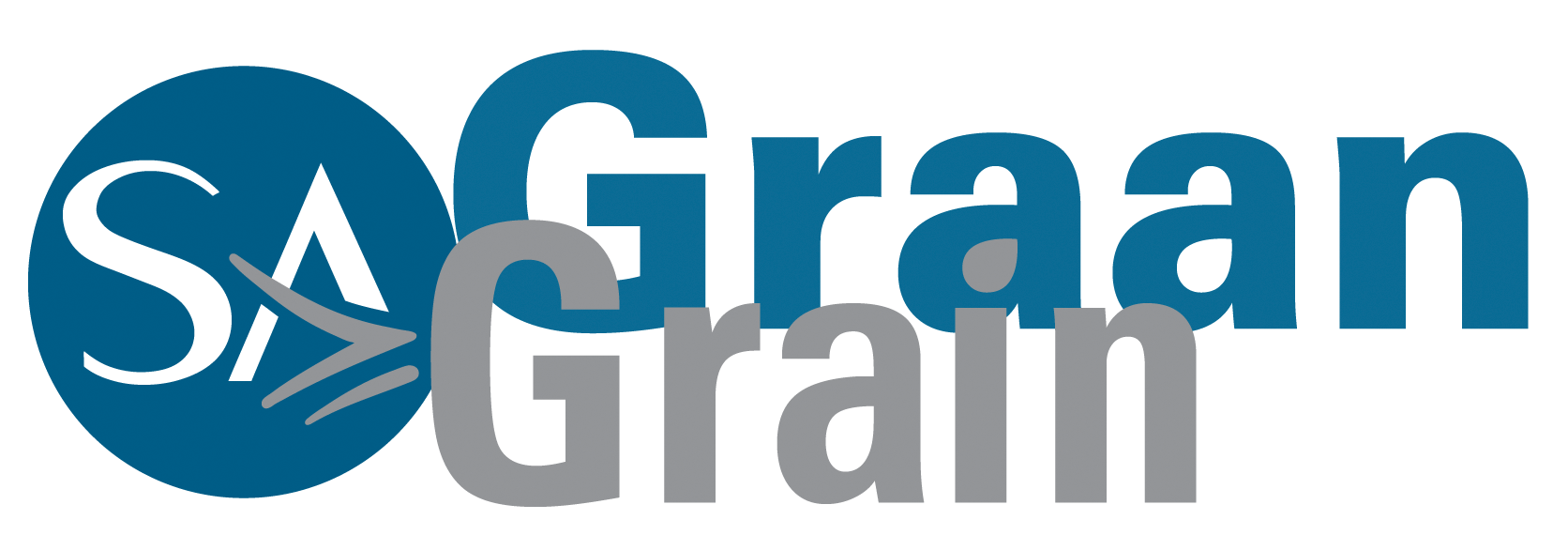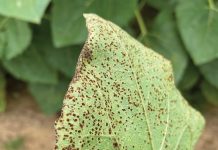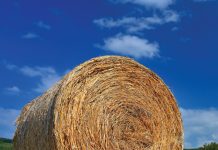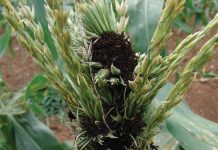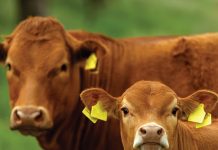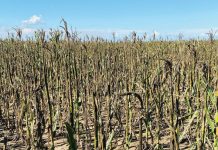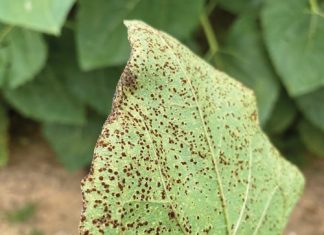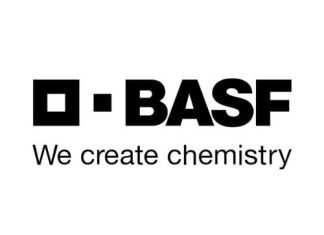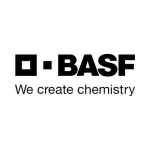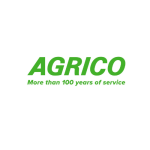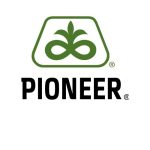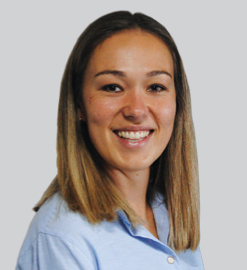
Karen Truter, PhD candi-date, Stellenbosch Univer-sity; BFAP consultant

Henja Glas, data science intern, BFAP
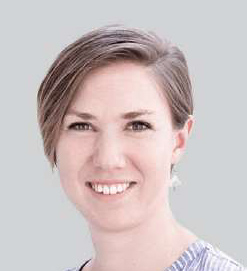
Marion Delport, manager: Data Science, BFAP; research fellow – Agricultural Economics, Stellenbosch University
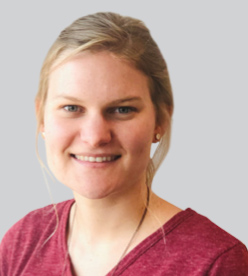
Helga Ottermann,
analyst, BFAP

Pieter Swanepoel, Department of Agronomy, Stellenbosch University

Ferdi Meyer, managing director, BFAP
Variable rate applications (VRA) and precision agriculture technologies are gaining more attention with the rise of data-driven grain farming. VRA involves tailoring inputs like seed and fertiliser based on the requirements of different parts of a field.
This is unlike traditional farming methods, where the same rate of inputs is applied uniformly across a field. For example, VRA makes it possible to increase fertiliser application in areas of fields where nutrients are limited and decrease application in more fertile areas of the same field. Implementing VRA requires careful planning, with various methods for determining rates, including soil maps, yield data, and NDVI images. Despite its complexity, many producers realise the potential of VRA to boost productivity, profitability, and sustainability.
A key gap in our understanding of precision agriculture is determining whether variable rate seed applications can enhance on-farm profitability. To explore this, data from trials in the Data Intensive Farm Management project (DIFM) across three multi-season maize case studies were analysed. Over the past five years, the Bureau for Food and Agricultural Policy (BFAP) and DIFM-US have applied this methodology on eight South African farms, with support from the Protein Research Foundation (PRF), the Sasol Agricultural Trust, Grain SA, and Stellenbosch University (SU). This work has led to the establishment of the SU-BFAP Chair in Precision Agriculture at SU’s Department of Agronomy, paving the way for future research in on-farm precision experiments (OFPE) and precision agriculture.
Methodology
The DIFM trials generate data on localised crop responses to site-specific inputs (Bullock et al., 2019). Trials typically test seeding and fertiliser rates using a checkered-board, randomised design. Each trial results in a large dataset with GPS points connected to a seeding rate, fertilisation rate, and yield value. Various analytical processes are followed to clean the data and determine optimal seeding and fertilisation rates for either the whole field or management zones (MZs) within the field. An example of a maize seeding rate trial is shown in
Figure 1.
MZs are sections of a field grouped on similarities in how they respond to seed and fertiliser input rates. Trial data are analysed to divide the field into zones that qualify for different management strategies. The process relies on actual as-planted, as-applied, and yield data from each field.
The focus of this article is on three maize case studies – each spanning multiple seasons on the same farm over multiple fields.
- Case study 1 includes three maize fields, located on the same farm near Middelburg in Mpumalanga. Seeding rates ranged from 40 000 to 70 000 plants/ha, while urea application varied between 450 and 600 kg/ha before planting in 2021 and 2022. 11:7:4(22) + Zn + S + B was applied at the time of planting in 2023 and 2024 (varying from 190 to 350 litres/ha).
- Case study 2 includes two maize fields on a farm located near Paulpietersburg in KwaZulu-Natal. Maize seeding rates varied between 30 000 and 82 000 plants/ha from 2021 to 2024 (covering a range of 30 000 plants/ha per year, which was shifted upwards over the years). Fertiliser product, 1:2:1(36) + Zn, was applied variably from 2021 to 2023, ranging between 100 and 350 kg/ha, except for one field that received 250 kg/ha fertiliser at a uniform rate in 2024.
- Case study 3 includes two maize fields over five seasons (2020 to 2024) on a farm located near Hennenman in the Free State. Maize seeding rates varied between 10 000 and 50 000 plants/ha. Urea (46%) was applied variably before planting, ranging between 90 and 310 kg/ha.
The initial DIFM trials were planted during three consecutive La Niña years with above-normal rainfall conditions. The 2023/2024 summer rainfall season (harvest during May to June 2024) was drier in most of the production regions when compared to the previous seasons.
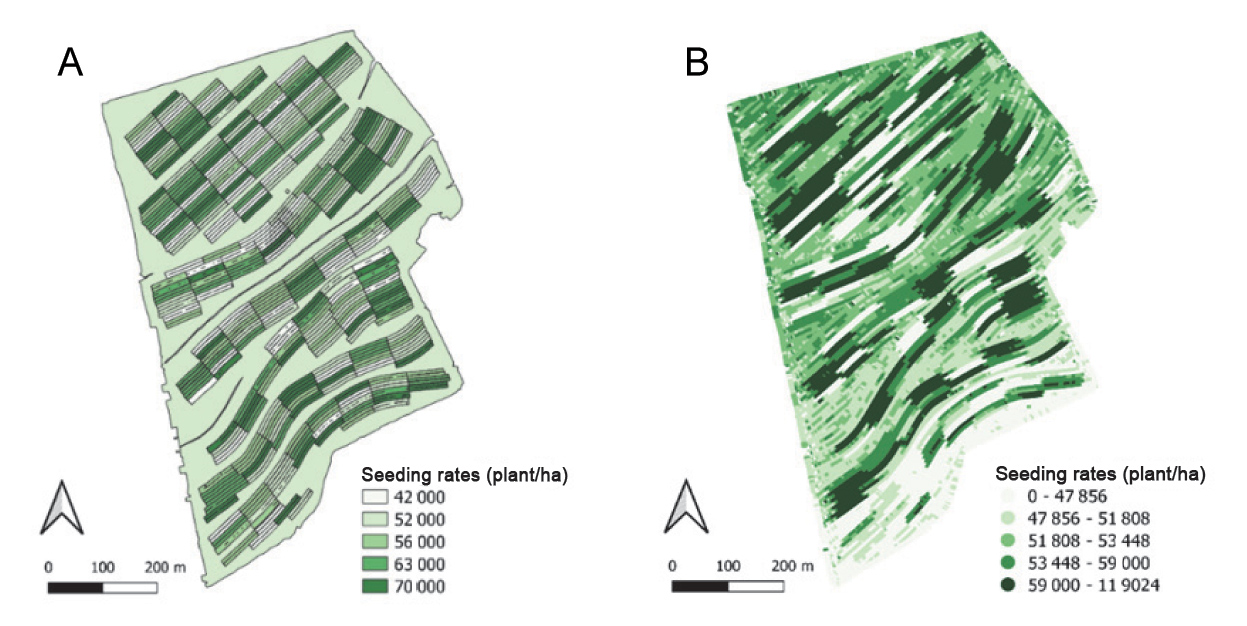
Profit was determined for each management strategy per field. Only the variable input costs (treatments such as seed and fertiliser costs) were considered when calculating the profits. (Indirect and other direct costs like fuel expenditure were assumed constant and therefore omitted.) While soil chemical and physical properties were not explicitly included in trial layouts, the methodology assumes that yield is influenced by multiple factors, including soil properties, weather, and input management. These properties either have a positive or negative influence on the yield outcome, which are then indirectly incorporated in the MZs identified.
Uniform and variable application rates in field trials were not directly compared. Instead, data from the randomised trial were used to simulate both scenarios in the same field. Thus, the same data were used to determine the optimum flat rate and the optimum variable rate for three zones in the field (as illustrated in Figure 2). The analysis (Figures 3 to 5) compares the optimum flat rate to the average of the variable rate (taking all three zones into account).
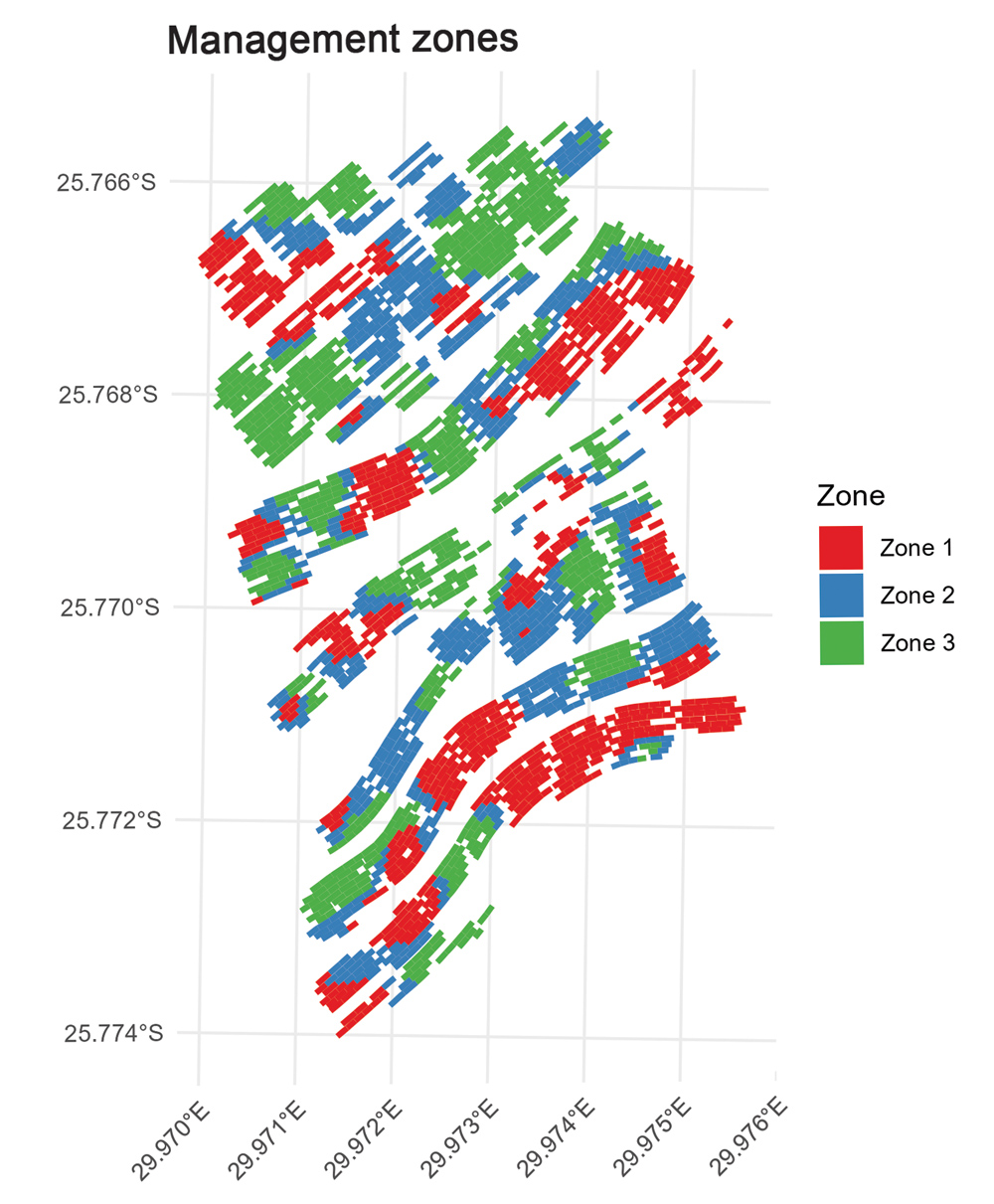
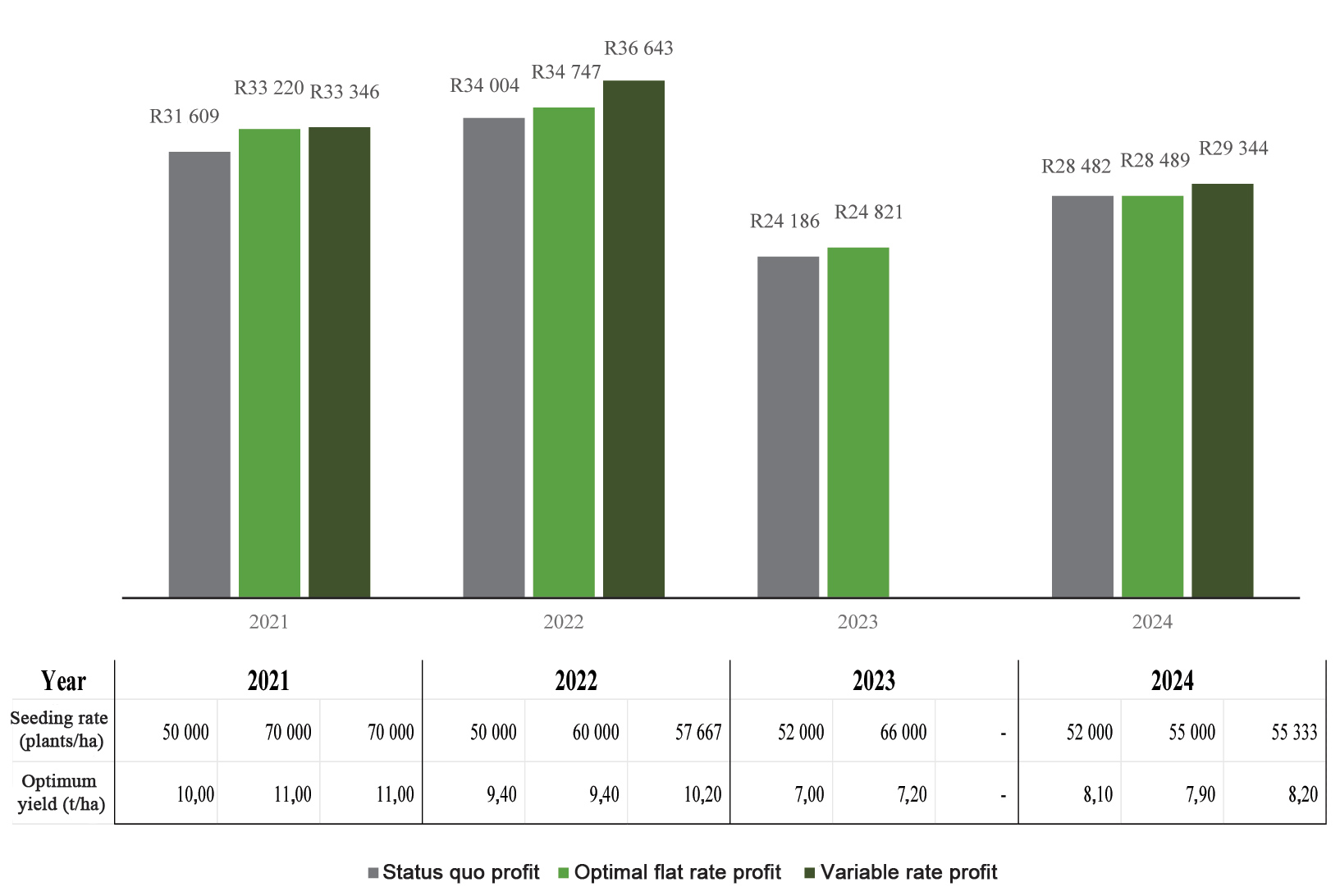
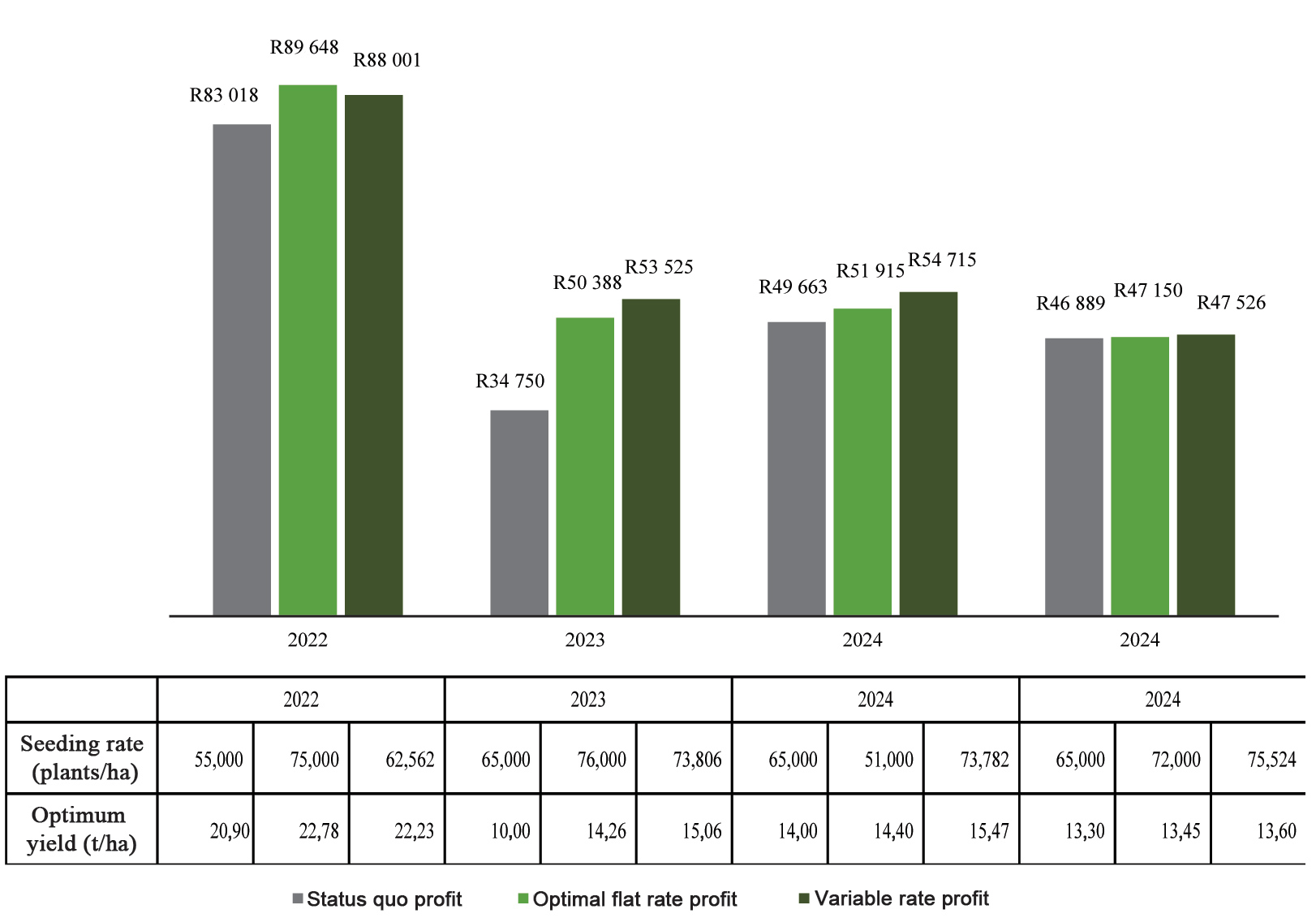
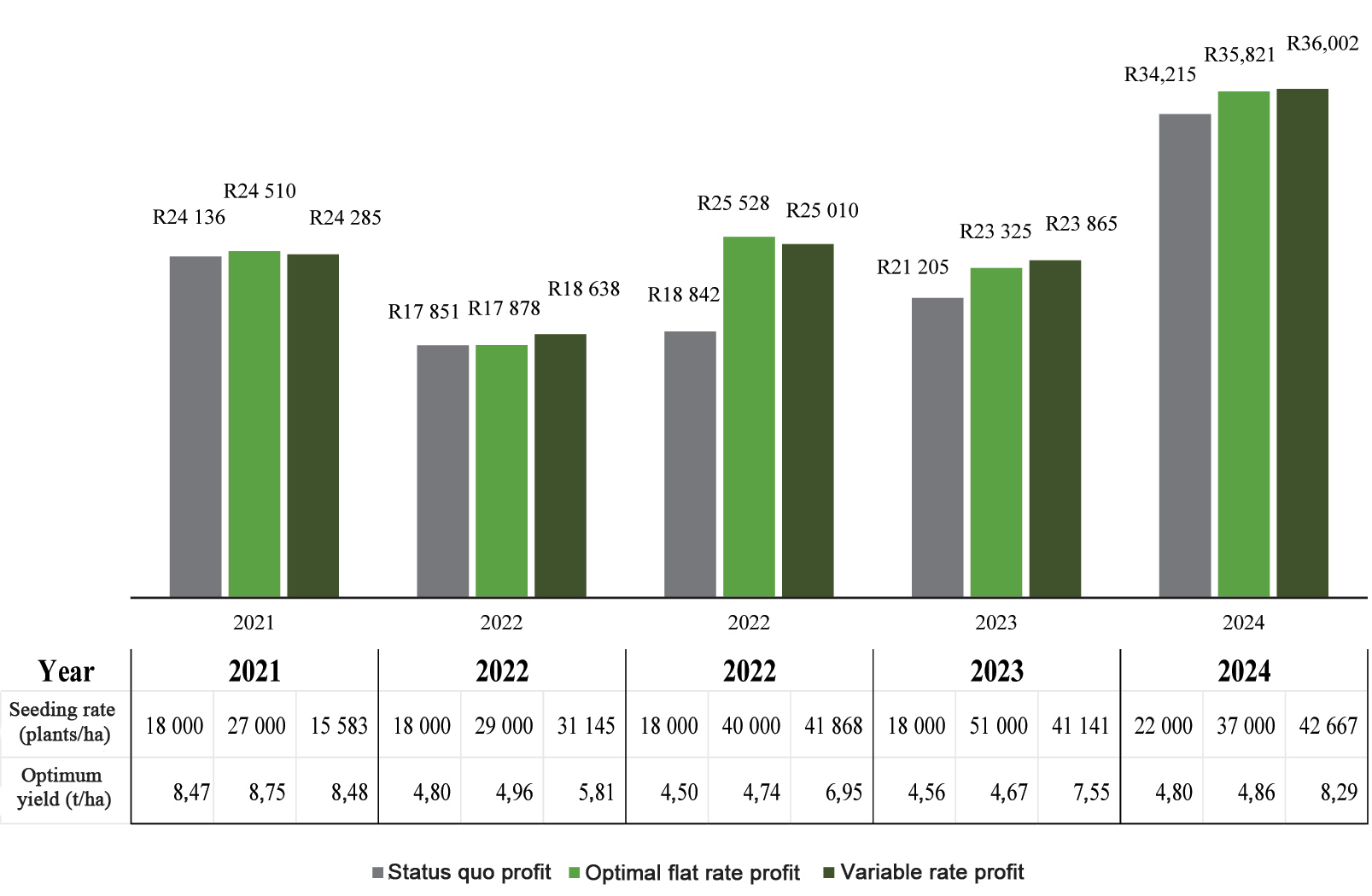
Key findings
Case study 1
Maize trials near Middelburg in Mpumalanga showed that seeding rates can potentially be increased when looking at optimal flat rate seeding rates retrieved from the trials (Figure 3). However, yield increases with the increase in seeding rate does not result in a consistent trend over the four years. Comparing status quo seeding rates to optimal suggested rates, all fields indicated a need for increased seeding. This adjustment generally maintained or slightly improved yields, with significant profit differences in wetter seasons (2020/2021, 2021/2022, 2022/2023) and smaller profit differences in dryer seasons (2023/2024). In 2021, increasing the seeding rate from 50 000 to 70 000 plants/ha increased yield (1 t/ha), while improving profit with R1 611/ha. Where an increase in the seeding rate from 50 000 to 60 000 plants/ha was suggested in 2022, the average yield remained the same (9,4 t/ha). However, profit for the optimal seeding rate strategy was R743/ha higher compared to the status quo profit.
From 2023 to 2024, the producer increased his seeding rate slightly, but trial outcomes still suggested even higher rates as optimal seeding rates. In 2023 an increase from 52 000 to 66 000 plants/ha was suggested. The yield increase was small (200 kg/ha), and the profit difference with the status quo rate was R635/ha. Although the yield differences may seem small, in dryer seasons even an increase of 200 kg/ha and profit difference of R635/ha become significant at a larger scale. For instance, on a 1 000-ha grain farm, this could generate enough additional revenue to repay the investment in variable seeding rate technology for two eight-row planters within just two seasons. The 2024 suggested optimal rate was the smallest increase suggested over the four years, with an increase from 52 000 to 55 000 plants/ha. This increase, however, resulted in a decrease in the yield (200 kg/ha), and a negligible profit difference of R7/ha.
All variable rate strategies outperformed the producer’s status quo approach in terms of profit margins, with varying degrees of significance across years. The largest profit increase occurred in 2022, where a seeding rate of 57 667 plants/ha led to an 800 kg/ha yield gain and a R2 639/ha profit advantage over the status quo. In 2021, increasing seeding rates to 70 000 plants/ha improved profit by R1 611/ha, with a yield increase of 1 t/ha.
Zone-specific seeding rates in 2022 were 40 000, 63 000, and 70 000 plants/ha, yielding 9,8, 11,1, and 9,6 t/ha, respectively. No MZs were identified in 2023, so results were omitted. In 2024, the variable rate strategy averaged 55 333 plants/ha, leading to an 8,2 t/ha yield (+100 kg/ha) and a profit advantage of R862/ha over the status quo.
Case study 2
Maize trials near Paulpietersburg in KwaZulu-Natal suggested potential increased in seeding rates from the producer’s usual status quo rate over most site years, except for one trial in 2024 (Figure 4), which was done by shifting the trial seeding rate upwards each year that the trial was executed. All increases in seeding rates resulted in yield increases over the different seasons, with the smallest increases noted in the 2024 season on both trials. It is important to note that 2024 was an El Niño year, bringing drier and hotter climatic conditions to the summer production region. When comparing optimal suggested seed rate strategies with the status quo strategies, a positive profit difference can be seen with an increase in seeding rate in all years.
In 2022, an increase from 55 000 to 75 000 plants/ha was suggested, resulting in a yield increase of 1,9 t/ha. The profit difference between these strategies was R6 630/ha, in favour of the higher seeding rate. In 2023, an increase from 65 000 to 76 000 plants/ha was suggested as the optimal seeding rate. In this particular year a yield increase of 4,3 t/ha was measured between the status quo strategy and the optimal seeding rate strategy. Based on the very high yield increase the profit difference for this strategy was R15 638/ha. Slightly different results were obtained in 2024 on two different fields. On the one field a decrease in plants were suggested, from 65 000 to 51 000 plants/ha, keeping in mind that the decreased seed rate still resulted in a yield increase of 400 kg/ha. Due to the decrease in seed, with an increase in yield, the profit difference was R2 252/ha. Results from the second field in 2024 suggested an increase in seeding rates from 65 000 to 72 000 plants/ha. Despite the increase in plants per hectare, the yield increase was on average 150 kg/ha. The profit difference was therefore relatively small (R262/ha) when comparing the status quo to the optimal rate strategy.
Three of the four site years showed favourable profit margin results towards the variable seeding rate strategies compared to the optimal flat rate strategies (2023 and 2024). In 2022, the variable rate strategy outperformed the status quo (R4 983/ha profit increase) but yielded lower overall profit than the optimal flat rate. Suggested seeding rates were 56 836,56 588, and 74 261 plants/ha, with corresponding yields of 21,3, 21,4, and 24,0 t/ha. The uniform high seeding rate (75 000 plants/ha) performed best.
In 2023 the variable rate strategy was the most profitable, surpassing both the status quo (R18 775/ha) and the optimal rate (R3 137/ha). The average seeding rate was 73 806 plants/ha, yielding 15,06 t/ha. Zone-specific seeding rates were 62 283, 76 974, and 82 160 plants/ha, resulting in yields of 14,06, 14,95, and 16,16 t/ha. In 2024, results varied by field despite similar seeding rates (73 782 and 75 524 plants/ha). The first field had a significant yield increase (+1,47 t/ha) and a R5 052/ha profit increase, while the second showed a smaller yield gain (+300 kg/ha) and a modest R637/ha profit difference.
The 2024 season consistently seems to be an outlier with much weaker trends and opposite results for both fields. This outcome (two different recommendations in one season) emphasises the fact that site-specific seeding rates is necessary, referring to regional, farm, and field-specific seeding rates.
The maize trials near Hennenman in the Free State showed that seeding rates can potentially be increased when looking at optimal flat rate seeding rates retrieved from the trials (Figure 5). Based on the data from 2021 to 2023, the producer increased his status quo seeding rate in the 2024 season from 18 000 to 22 000 plants/ha, with a slight increase in yield but a positive influence on the profit margin. Nonetheless, the data show that further increases can potentially be applied. Optimal flat rate values, however, differed between years, ranging from 27 000 to 51 000 plants/ha with differences ranging from 60 to 280 kg/ha.
In 2021, increasing the seeding rate from 18 000 to 27 000 plants/ha improved yield slightly and profit with R374/ha. In 2022, two trials on different fields resulted in different outcomes. Increasing seeding from 18 000 to 29 000 plants/ha improved yield (160 kg/ha) with a small profit gain of R27/ha on one field, while the second field showed a much higher optimal seeding rate (40 000 plants/ha), resulting in a yield increase of 240 kg/ha and a significant profit gain of R6 686/ha. In 2023, increasing seeding from 18 000 to 51 000 plants/ha improved yield (4,56 to 4,67 t/ha), leading to a profit increase of R2 120/ha.
Even with an increase in the status quo seeding rate in 2024, a higher seeding rate of 37 000 plants/ha was suggested as the optimal rate which led to marginal yield increases, with a notable profit gain of R1 606/ha. Referring to the El Niño year in the 2023/2024 season, this particular farm received sufficient rainfall during the growing season. It had a combination of good soil moisture levels going into the season with rain spells from early 2023 and similar or normal rainfall during the cropping season.
Three of the five trials showed favourable profit margin results towards the variable seeding rate strategies compared to the optimal flat rate strategies (2022, 2023, and 2024). In 2021, yields were similar, but the variable rate strategy achieved a small profit gain (R149/ha) despite a lower seeding rate (15 583 versus 18 000 plants/ha). In 2022, results varied: one trial (31 145 plants/ha) increased yield by 1,01 t/ha and profit by R787/ha, while another (seeding rates of 33 583 to 50 266 plants/ha) yielded 2,5 t/ha more, but had a R518/ha lower profit due to higher input costs.
In 2023, the variable rate strategy (41 141 plants/ha) increased yield by 3,0 t/ha, increasing profit by R2 660/ha compared to the status quo and R540/ha over the flat rate. In 2024, an average of 42 667 plants/ha resulted in a 3,5 t/ha yield increase and R1 787/ha profit gain. Higher seed input costs were justified by yield improvements (7,1 to 9,3 t/ha across different zones).
What does this mean for producers?
In the three case studies significant optimal flat rate seeding rate increases were suggested (10%, 23% and 96% on average in respective case studies) leading to 12%, 3% and 3% yield and 12%, 3% and 9% profit increases, respectively. This evidence merits investing time to determine the optimal seeding rate for maize per area or per farm.
VRA can optimise input use by adjusting seed applications to specific field conditions, but its effectiveness depends on field variability. Fields with high variability in soil types, fertility levels, or moisture availability are usually ideal for VRA, as the technology tailors inputs to specific field zones, potentially improving efficiency and yield. The data suggests that VRA management marginally improves profitability (2%, 9% and 0,6% on average in respective case studies) compared to the optimal flat rate management strategy, driven primarily by a yield increase (2%, 10% and 30% respectively) and in two out of three case studies input savings (+4%, -3% and -6% changes in seeding rate, compared to the profit optimal flat rates).
It is important for producers to conduct their own trials to evaluate the effectiveness of producer-chosen flat rates and VRA in their specific context. The impact of VRA can vary significantly depending on the crop, farm characteristics, and regional conditions. While the initial cost of variable rate equipment and software is a consideration, making informed, data-driven decisions will help determine if VRA can provide long-term value for a given operation.
Additional notes
Status quo is the usual seeding rate that the producer generally applies.
Optimal rate is determined from the trial data where the best yield was achieved for a given seeding rate.
Optimal rate assumes the producer applied the optimal rate as a uniform flat rate application, with the average yield achieved for the given seeding rate.
Variable rate assumes the average optimal seeding rate for three suggested MZs are used, with the average yield achieved per MZ.
Please feel free to contact us for more information on cultivars, seeding, or fertilisation rate, and yield per management zone at trials@bfap.co.za.
Acknowledgements
Stellenbosch University (Department of Agronomy), Grain SA, Protein Research Foundation (PRF), Sasol Agricultural Trust.
